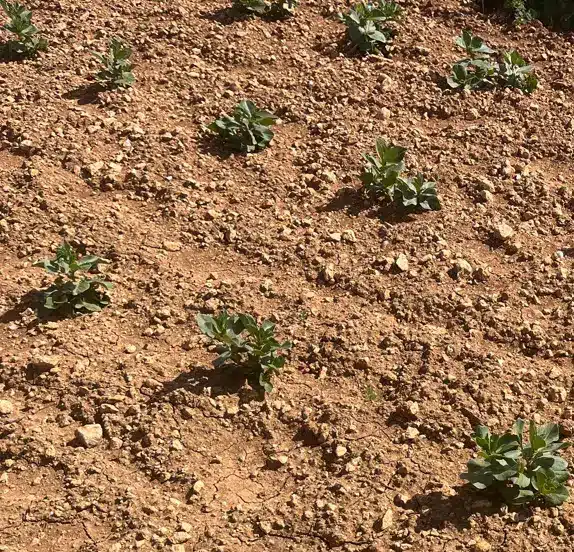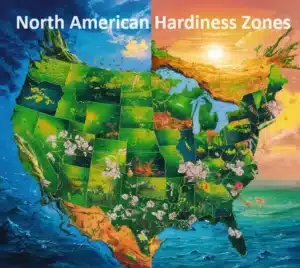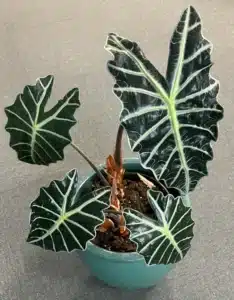

Different fertilizing methods - what are they?
Let’s talk about all the different ways to use fertilizers! There are several methods all with different needs and purposes.
Based on proven expertise, the effectiveness of fertilization depends on factors like dosage, timing, the fertilizer’s source, and environmental and soil conditions.
Soil interaction to fertilizers
Soils react in different ways to fertilizers depending on underlying conditions, and here’s what to think about:
- Nutrient availability in manure and fertilizers.
- Nutrient needs at different growth stages.
- Timing of application.
- Application methods.
- Foliar application.
- How plants respond to N, P, and K fertilizers.
- Residual effects of manure and fertilizers.
The when and how of fertilizer application vary based on the fertilizer, soil type, nutrient requirements, and plant.
Now, let’s break down fertilizer application methods:
Foliar Fertilization
This method provides essential nutrients like phosphorus, potassium, and nitrogen quickly (N.P.K). It’s great for correcting plant deficiencies when nutrients in the soil are hard for plants to absorb optimally.
Applied like rainfall, it’s absorbed through the leaves. It’s used as a supplement to soil fertilizers or when soil conditions limit root nutrient absorption.
Since it’s absorbed through leaves, effects show up fast. Consider factors like heat, humidity, and light for effective foliar application.
Remember, foliar application has limits on supplying macronutrients, so it may not cover all plant nutritional needs.
Solid Fertilizer Application
Broadcasting or Sprinkling: Spread fertilizers by hand all over the soil while the plants are growing or after planting. There are two types based on timing: A) Broadcasting during planting, and B) Topdressing.
Broadcasting during planting spreads fertilizers usually during crop planting on larger fields to distribute them evenly and mix them with the plowed layer. It’s also used for larger amounts during planting with a seed drill.
This method aims to get nutrients close to the roots for quick absorption. It depends on the plant’s needs and can be used throughout the cycle.
Localized Application: Apply around plants for easier root access, either on the surface or deep into the soil. This can be done manually or using tools like plows.
Fertigation
Fertigation dissolves fertilizers in irrigation water. Through water flow, nutrients spread across the soil for plants to absorb through their roots. This method is efficient, requiring fewer fertilizers for increased plant production. Consider plant needs and water characteristics.
Top-Dressing
Spreading or sprinkling nutrient rich compost or fertilizers on the soil around plants is called top-dressing. In this day and age it can also be done by planes, or more recently, drones, especially on sloping terrains where it’s challenging to reach and apply.
Use this method for severe deficiencies or in specific situations:
- Small overall fertilizer needs, like micronutrients.
- High-analysis materials application.
- Combining fertilizer application with pest control or other air operations.
- Saving labor and time.
That’s the foundation on fertilizer methods!



